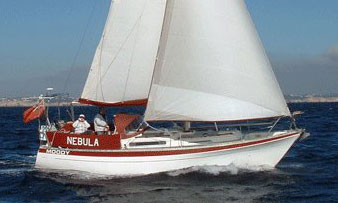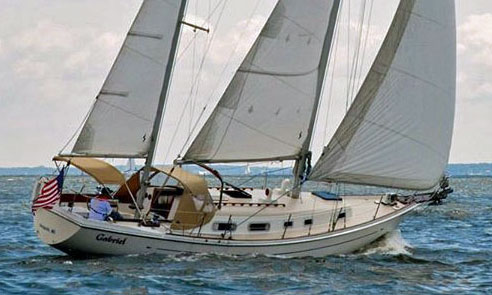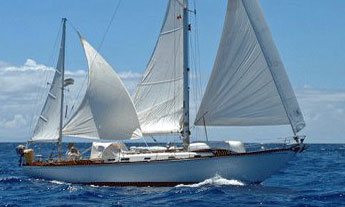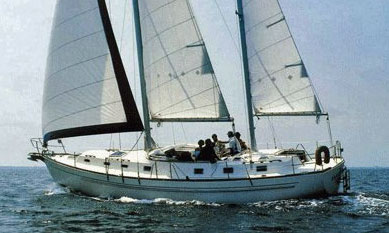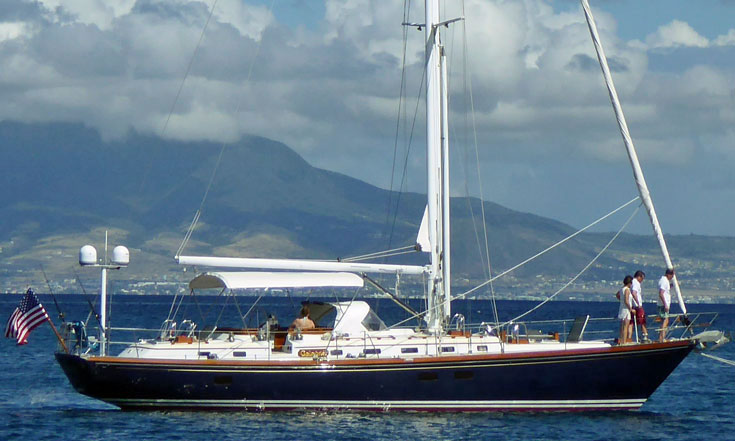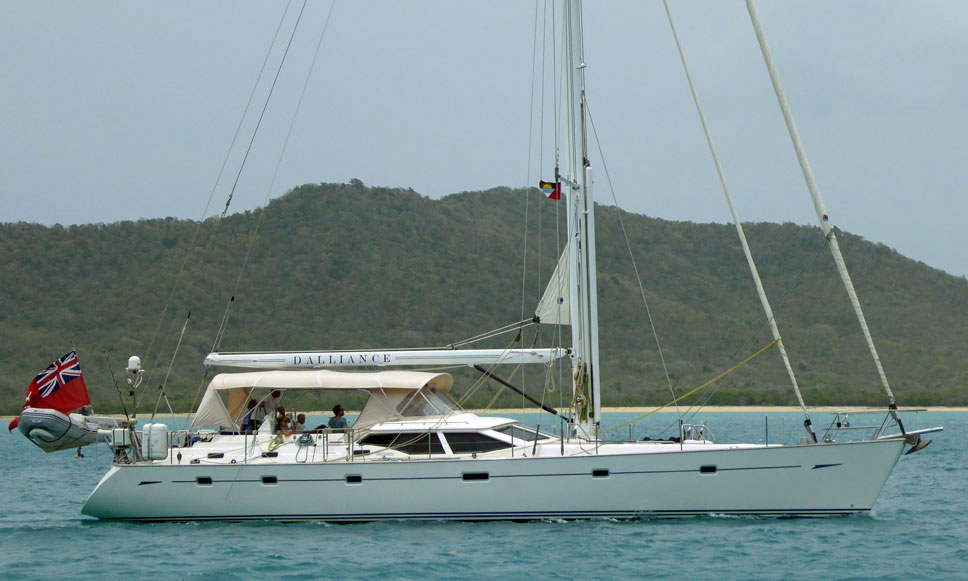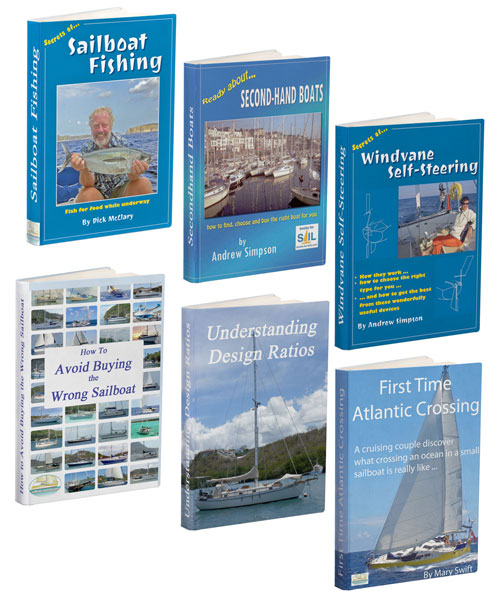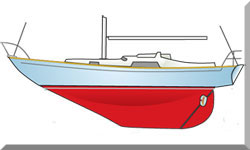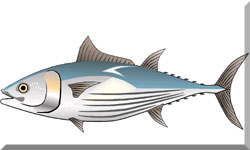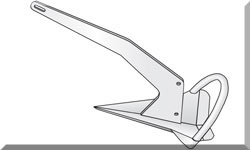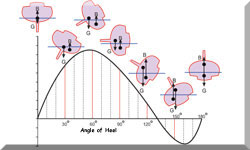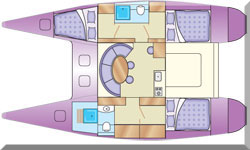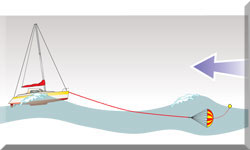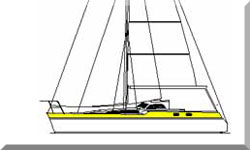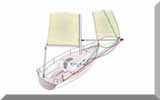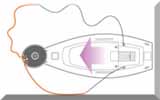- Home
- Cruising Yachts 35' to 40'
- S2 11.0C
The S2 11.0 Sailboat
The S2 11.0 is a series of American cruising sailboats that were designed by Arthur Edmunds and built by S2 Yachts, a company founded by Leon Slikkers, a former Chris Craft employee who started his own boatbuilding business in 1973.
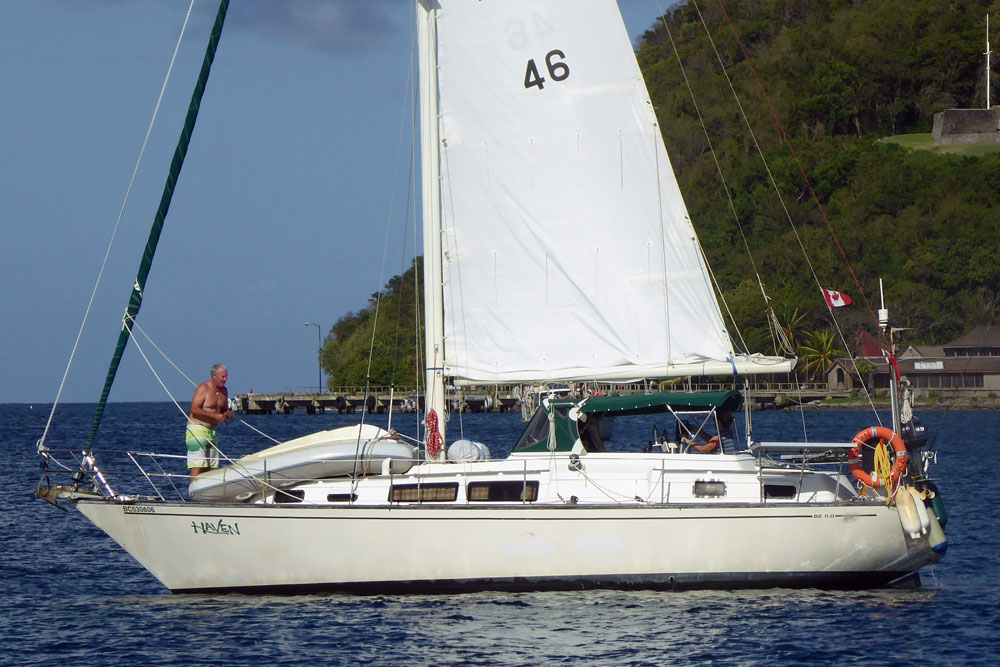 The S2 11.0 series includes an aft-cockpit model (11.0A) and a centre-cockpit model (11.0C). Here, 'Haven', an S2 11.0C is setting off on a passage from Guadeloupe to Antigua in the West Indies
The S2 11.0 series includes an aft-cockpit model (11.0A) and a centre-cockpit model (11.0C). Here, 'Haven', an S2 11.0C is setting off on a passage from Guadeloupe to Antigua in the West IndiesPublished Specification for the S2 11.0
Keel & Rudder Configuration: Fin keel with a spade rudder
Hull Material: Fiberglass with a balsa-cored deck
Length Overall: 11 meters (36 feet)*
Waterline Length: 8.6 meters (28'2")
Beam: 3.6m (11'10")*
Draft: 1.7m (5'7")*
Rig Type: Sloop
Displacement: 6,804 kilograms (15,000lb)*
Ballast: 2,722 kilograms (6,000lb) of lead*
Sail Area: 58m2 (625ft2)
Water Tank Capacity: 303 litres (80 US gallons)
Fuel Tank Capacity: 189 litres (50 US gallons)
Hull Speed: 7.5 knots
Designer: Arthur Edmunds
Builder: S2 Yachts
Year First Built: 1977
Year Last Built: 1987
Number Built: 156
* Used to derive the design ratios referred to later in this article - here's how they're calculated...
Options & Alternatives
Draft Options: The boat was available in both deep draft (1.7n / 5'7") and shoal draft (1.4m / 4'7") versions.
Interior Layouts: The S2 11.0 was produced in two distinct versions: the aft-cockpit model (S2 11.0A) and the centre-cockpit model (S2 11.0C). The center-cockpit version provided a more spacious interior, including a separate aft cabin, making it a popular choice for extended cruising. The aft-cockpit model had a more conventional layout with a single main living space.
While no major redesigns or later versions of the S2 11.0 were introduced, S2 Yachts did produce other sailboats in the same general size range, such as the S2 10.3, which was designed for better performance. The company also ventured into high-performance sailing with the Grand Slam series, but ultimately shifted back to powerboats in the mid-1980s.
Published Design Ratios
The Key Performance Indicators (KPIs)
The design ratios of the S2 11.0 reveal its fundamental sailing characteristics and offer insight into its intended use. Here's how they shape its performance:
Sail Area/Displacement Ratio (15.8): This relatively modest ratio suggests that the S2 11.0 is not an inherently high-performance or light-air specialist. It will require a reasonable breeze to sail efficiently, and in very light winds, owners may be motoring more frequently. However, it provides steady and comfortable cruising rather than an overly sensitive or sporty ride.
Ballast/Displacement Ratio (37.5): This ratio indicates that while the S2 11.0 is designed for stability, it may have a tendency to heel significantly when exposed to stronger gusts. Reefing early in fresh conditions would be advisable to maintain control and comfort.
Displacement/Length Ratio (317): This places the boat in the heavy displacement cruiser category. It is well suited for carrying gear and provisions without affecting its waterline too much, making it an ideal choice for long-distance cruising rather than fast-paced sailing. This ratio suggests a smooth ride in heavier seas, absorbing the motion rather than bouncing over waves.
Comfort Ratio (29.9): This ratio indicates a relatively stable and forgiving motion, making the S2 11.0 suitable for offshore cruising. While not an ultra-heavy ocean passagemaker, it offers a good balance between comfort and practicality for extended voyages.
Capsize Screening Formula (1.9): A value below 2.0 is reassuring for offshore sailors, indicating that the S2 11.0 is resistant to capsizing and can handle challenging sea conditions. It suggests the boat has a deep enough hull form and adequate ballast to recover well from rough weather.
But the Design Ratios Don't Tell the Whole Story...
Design ratios provide useful insights into a sailboat’s general performance, but they have limitations when it comes to defining real-world sailing characteristics. Here’s why:
They are theoretical, not practical: Design ratios are based on mathematical formulas that assume ideal conditions. However, real-world sailing is influenced by variables such as weather, sea state, crew skill, and sail trim, which these numbers don’t account for.
They don’t capture hull shape and finer design details: Two boats with similar design ratios can behave very differently if they have different hull forms, rig configurations, or weight distribution. For example, a boat with a finer entry at the bow may be more efficient upwind than another with a bluff bow, even if both have similar displacement/length ratios.
Rigging and sail choices affect performance: The type of sails, reefing systems, and sail control methods can have a huge impact on how a boat handles. A boat with a high sail area/displacement ratio may not perform as expected if it has inefficient sails or poor rig tuning.
Seakeeping and motion comfort aren’t fully represented: Ratios like the comfort ratio give an indication of how a boat might behave in rough seas, but they don’t account for factors such as hull balance, structural rigidity, and wave penetration, which influence actual motion comfort.
Capsize screening isn’t a complete safety measure: While a capsize screening formula below 2.0 suggests offshore capability, this alone doesn’t ensure seaworthiness. Factors like deck layout, self-draining cockpit design, and hull integrity play critical roles in a boat’s ability to handle extreme conditions.
Not all ratios are equally important for every sailor: A racer may focus on sail area/displacement for speed, while a cruiser may prioritize comfort and stability. The best way to understand a boat’s sailing characteristics is through actual sailing experience, owner feedback, and practical testing rather than relying solely on numerical ratios.
In short, design ratios are useful guidelines but not definitive answers. They provide a snapshot of potential performance, but sailing a boat in real conditions is the only way to truly understand how it behaves.
It's worth having a read of 'Practical Sailor's review of the S2 11.0...
.........................
I used GPT-4, OpenAI’s large-scale language-generation model, as a research assistant to gather information, summarize research findings, and provide suggestions for the content and structure of this article.
Dick McClary, creator and owner of sailboat-cruising.com
.........................
More Specs & Key Performance Indicators for Popular Cruising Boats
Recent Articles
-
Hans Christian 43: Classic Bluewater Cruiser & Liveaboard Sailboat
Dec 10, 25 04:37 AM
Explore the Hans Christian 43: a legendary heavy-displacement, long-keel sailboat. Read our in-depth review of its specs, design ratios, and suitability for offshore cruising and living aboard. -
Planning Your Sailboat Liveaboard Lifestyle: An Ocean Sailor's Guide
Dec 06, 25 05:18 AM
Seasoned sailors share their methodical risk analysis for planning a secure Sailboat Liveaboard Lifestyle, covering financial, property, and relationship risks. -
Marine Cabin Heaters: The Expert’s Guide to Comfort & Safety at Sea
Dec 05, 25 06:52 AM
Choose the best Marine Cabin Heaters for your vessel. Expert advice on diesel, paraffin, and hot water systems for year-round cruising comfort.
